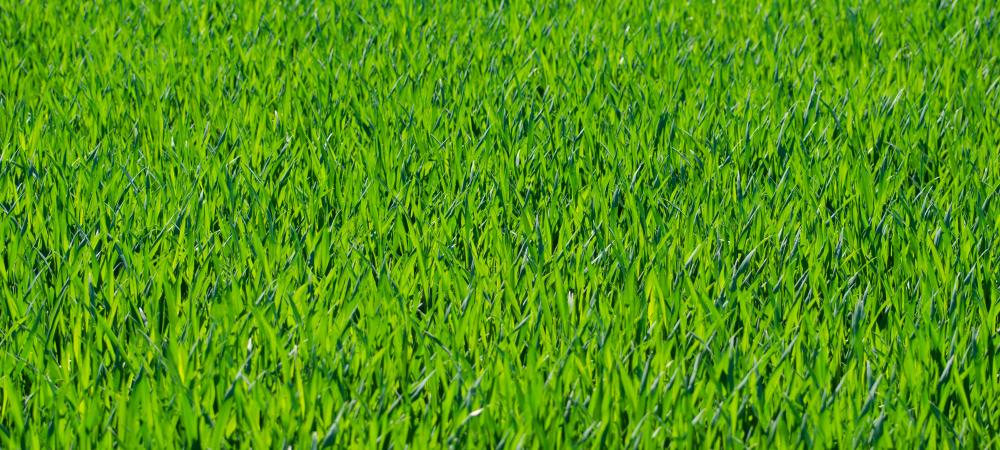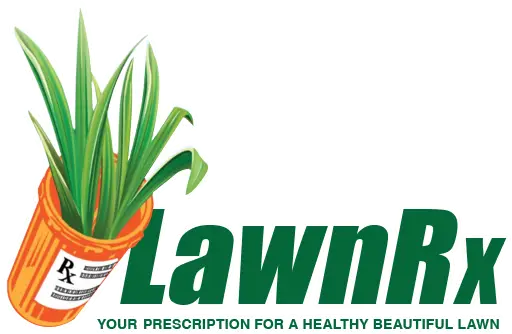Winter Feeding: Planning For a Greener Pennsylvania Yard

In most places in the United States, our grass goes dormant once winter arrives. It comes as a relief to many homeowners in the north who can take a break from lawn care until spring. Even though our grass stops growing in the winter, we can still feed it as long as the ground is not frozen.
When choosing fertilizers for your lawn, you will notice three letters, N-P-K. These values represent the percentage of Nitrogen (N), Phosphorus (P), and Potassium (K). The numbers tell you the percentage of each nutrient. These numbers are important because your lawn needs a certain balance at different times of the year. In the fall, a fertilizer with a high ratio of both nitrogen and potassium is best for encouraging root growth, cold hardiness, disease resistance, and wear tolerance.
What Does N-P-K Do For Plants?
Each of the nutrients in fertilizers has its own special job to do.
Nitrogen (N) triggers vigorous growth and produces green grasses and other plants. Without enough nitrogen, growth grinds to a halt. When you have too much nitrogen, flowering and fruit-bearing plants forgo their fruit production and instead focus on leaf growth. Fertilizers high in nitrogen are useful in the early months for young plants.
Phosphorus (P) focuses on root, flower, fruit and seed development. Phosphorus also helps plants use nutrients more efficiently. Not enough phosphorus will leave your roots and leaves weak and vulnerable.
Potassium (K) improves growth overall. It regulates root and leaf growth and keeps plants healthy. Potassium is also responsible for improving color and taste in fruits and vegetables. Fertilizers with a high potassium content have the most visible impact on plants. Feeding potassium to flowering trees and shrubs in the spring will produce an abundance of flowers.
How Plants Get Nutrients
Nutrients are naturally occurring in soils but their levels vary from location to location. Plants absorb these nutrients through their root systems after they become dissolved in water. Fertilizer helps replenish or correct these nutrients so your plants thrive.
Fertilizers come in granules, liquids, and soluble feeds.
- Granules: Granular fertilizers are scattered over the surface of the soil using a spreader. The granules then require water to dissolve into the soil.
- Liquids: Liquids are ready-made mixtures of fertilizer that can come diluted or in concentrate form. This is then sprayed over your grass with a sprayer. Liquid fertilizer is faster for roots to absorb.
- Soluble Feeds: Soluble feeds refer to fertilizers that dissolve when added to water. These types of fertilizers are commonly used in vegetable gardens.
When Is The Best Time To Fertilize My Lawn?
Knowing the right time to fertilize your lawn depends on what type of grass you have. Warm-season grasses grow best in southern states with mild winters. The best time to fertilize warm-season grasses is in spring and summer when the grass is actively growing.
Cool-season grasses make up the majority of lawns in Pennsylvania. Cool-season grasses do their growing in the early spring and fall when temperatures are cool. Fertilizing your grass in fall will help grass and plants keep their green color into the winter. The best time to feed your lawn is when temperatures are still in the 50s. This will promote healthy root growth, which will help your grass green up faster in the spring and help prevent weeds. Never fertilize after the ground is frozen.
Hire The Lawn Care Pros at LawnRx
At Lawn Rx. We have decades of experience dealing with Pennsylvania lawn problems. If your lawn is looking weak or your soil is showing signs of soil compaction then call us today and ask about our aeration and overseeding programs.
Call us for more information at (724) 585-8952 or get a free estimate here. Don’t forget to check out our educational blog with interesting articles on lawn care, weed control, lawn diseases, pest control, and more! Follow us on Facebook for all of the latest news and offerings from LawnRx.
